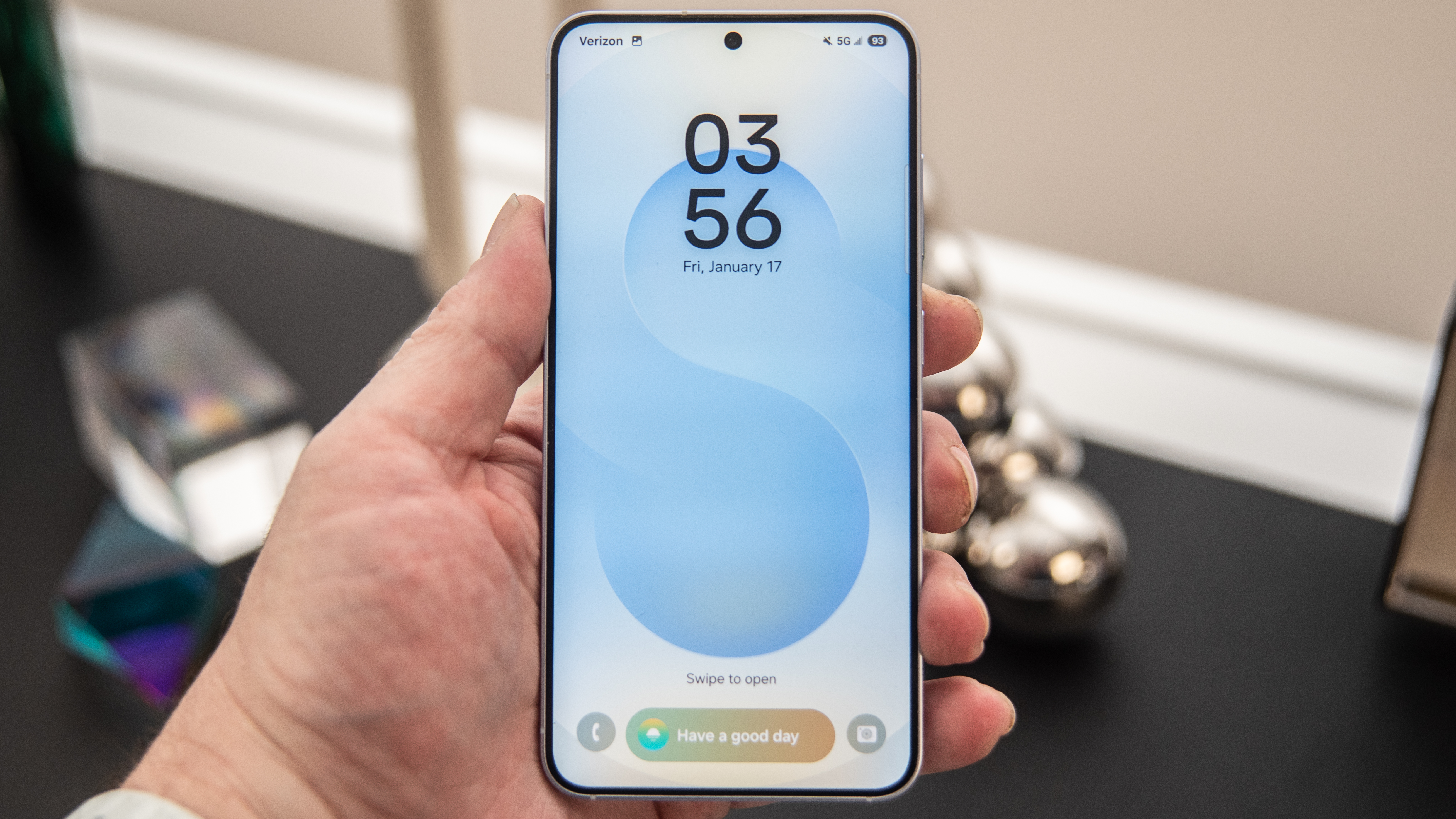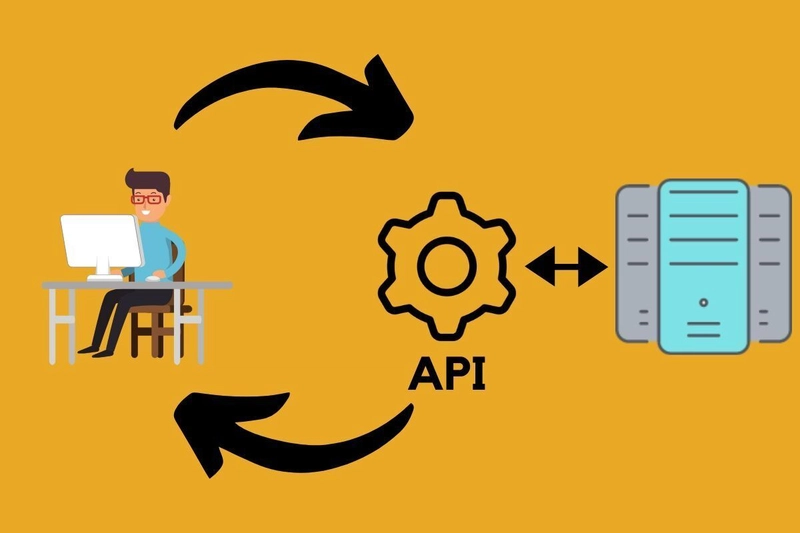IP Address and DNS
*IP Address in System Design * An IP address uniquely identifies a device (e.g., server, client, load balancer) on a network and is crucial for routing and communication. *Key Roles: * Device Identification: Each system component (web server, DB, etc.) gets an IP. Routing: Ensures data reaches the correct destination. Load Balancing: IPs help distribute traffic across multiple servers. Security: Firewalls and ACLs use IPs for access control. Types Public IPs: Exposed to the internet (e.g., web servers). Private IPs: Used for internal communication (within VPC/data centers). Static IPs: Fixed, used for critical components (e.g., databases). Dynamic IPs: Assigned temporarily, often to user devices or autoscaled resources, assigned via DHCP for transient resources. *DNS in System Design * DNS (Domain Name System) translates human-readable domain names (like api.example.com) to IP addresses. *Key Roles: * Name Resolution: Maps domain names to IPs. Abstraction: Hides underlying IP complexity. Load Balancing & Failover: Can distribute or reroute traffic using multiple IPs. Service Discovery: Helps services find each other in dynamic environments (e.g., Kubernetes). CDN Integration: Supports geo-based routing via edge servers. *Common Records: * A / AAAA: Map to IPv4 / IPv6 addresses. CNAME: Alias one domain to another. TXT / MX: Metadata and mail server routing. *Combined Usage in System Architecture: * Client → DNS: Resolves www.example.com to an IP. Client → Server: Sends request to that IP (e.g., a load balancer). Load Balancer → Backend: Uses internal/private IPs to route to service instances. Services → Database/Cache: Use internal DNS to connect via names like db.internal. *Key Design Considerations: * Use internal DNS for microservices. Prefer DNS names over hardcoded IPs. Combine with health checks and low TTLs for high availability. Secure DNS with DNSSEC, and IP communication with TLS. Latency: Optimize DNS caching and IP routing. Security: Use DNSSEC and TLS. Scalability: Leverage elastic IPs and GeoDNS. Monitoring: Track resolution times and reachability. *IP + DNS in Action (Example) * Client Request: https://api.example.com/data DNS resolves "api.example.com" → 54.12.123.45 Request sent to that IP → Hits Load Balancer Load Balancer forwards to healthy service instance → 10.0.2.5 (private IP) *System Design Tips * - Use internal DNS within your VPC to resolve service names (like user-service.internal). - Avoid hardcoding IP addresses in config—always prefer DNS names. - Use Service Mesh (like Istio, Linkerd) for advanced routing, often abstracting IPs/DNS internally. - Leverage Health checks + DNS TTLs smartly for high availability.

*IP Address in System Design
*
An IP address uniquely identifies a device (e.g., server, client, load balancer) on a network and is crucial for routing and communication.
*Key Roles:
*
- Device Identification: Each system component (web server, DB, etc.) gets an IP.
- Routing: Ensures data reaches the correct destination.
- Load Balancing: IPs help distribute traffic across multiple servers.
- Security: Firewalls and ACLs use IPs for access control.
Types
- Public IPs: Exposed to the internet (e.g., web servers).
- Private IPs: Used for internal communication (within VPC/data centers).
- Static IPs: Fixed, used for critical components (e.g., databases).
- Dynamic IPs: Assigned temporarily, often to user devices or autoscaled resources, assigned via DHCP for transient resources.
*DNS in System Design
*
- DNS (Domain Name System) translates human-readable domain names (like api.example.com) to IP addresses.
*Key Roles:
*
- Name Resolution: Maps domain names to IPs.
- Abstraction: Hides underlying IP complexity.
- Load Balancing & Failover: Can distribute or reroute traffic using multiple IPs.
- Service Discovery: Helps services find each other in dynamic environments (e.g., Kubernetes).
- CDN Integration: Supports geo-based routing via edge servers.
*Common Records:
*
- A / AAAA: Map to IPv4 / IPv6 addresses.
- CNAME: Alias one domain to another.
- TXT / MX: Metadata and mail server routing.
*Combined Usage in System Architecture:
*
- Client → DNS: Resolves www.example.com to an IP.
- Client → Server: Sends request to that IP (e.g., a load balancer).
- Load Balancer → Backend: Uses internal/private IPs to route to service instances.
- Services → Database/Cache: Use internal DNS to connect via names like db.internal.
*Key Design Considerations:
*
- Use internal DNS for microservices.
- Prefer DNS names over hardcoded IPs.
- Combine with health checks and low TTLs for high availability.
- Secure DNS with DNSSEC, and IP communication with TLS.
- Latency: Optimize DNS caching and IP routing.
- Security: Use DNSSEC and TLS.
- Scalability: Leverage elastic IPs and GeoDNS.
- Monitoring: Track resolution times and reachability.
*IP + DNS in Action (Example)
*
Client Request: https://api.example.com/data
- DNS resolves "api.example.com" → 54.12.123.45
- Request sent to that IP → Hits Load Balancer
- Load Balancer forwards to healthy service instance → 10.0.2.5 (private IP)
*System Design Tips
*
- - Use internal DNS within your VPC to resolve service names (like user-service.internal).
- - Avoid hardcoding IP addresses in config—always prefer DNS names.
- - Use Service Mesh (like Istio, Linkerd) for advanced routing, often abstracting IPs/DNS internally.
- - Leverage Health checks + DNS TTLs smartly for high availability.










































































































































































![[The AI Show Episode 142]: ChatGPT’s New Image Generator, Studio Ghibli Craze and Backlash, Gemini 2.5, OpenAI Academy, 4o Updates, Vibe Marketing & xAI Acquires X](https://www.marketingaiinstitute.com/hubfs/ep%20142%20cover.png)
















































































































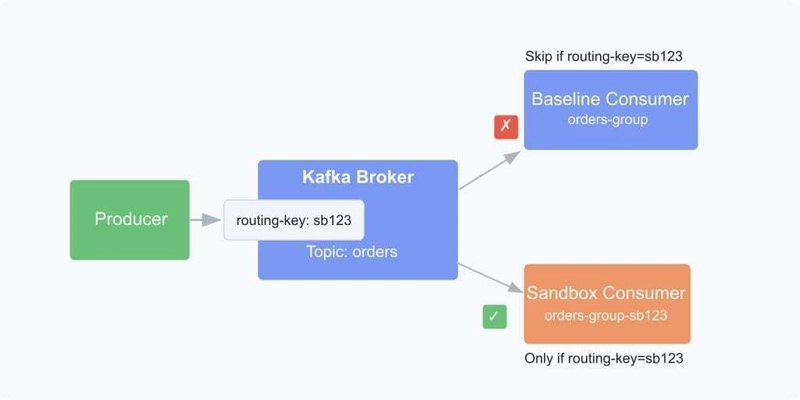













![[DEALS] The Premium Learn to Code Certification Bundle (97% off) & Other Deals Up To 98% Off – Offers End Soon!](https://www.javacodegeeks.com/wp-content/uploads/2012/12/jcg-logo.jpg)
![From drop-out to software architect with Jason Lengstorf [Podcast #167]](https://cdn.hashnode.com/res/hashnode/image/upload/v1743796461357/f3d19cd7-e6f5-4d7c-8bfc-eb974bc8da68.png?#)









































































































.png?#)


(1).jpg?width=1920&height=1920&fit=bounds&quality=80&format=jpg&auto=webp#)




-Mario-Kart-World-Hands-On-Preview-Is-It-Good-00-08-36.jpg?width=1920&height=1920&fit=bounds&quality=80&format=jpg&auto=webp#)
























_NicoElNino_Alamy.png?#)
_Igor_Mojzes_Alamy.jpg?#)

.webp?#)
.webp?#)


















































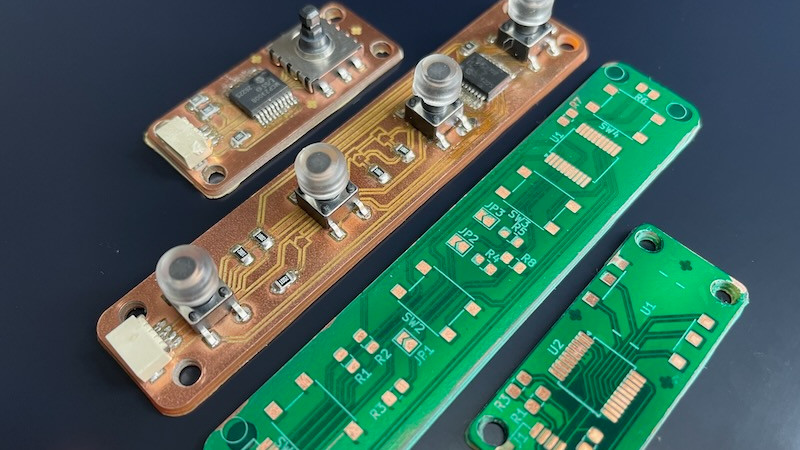































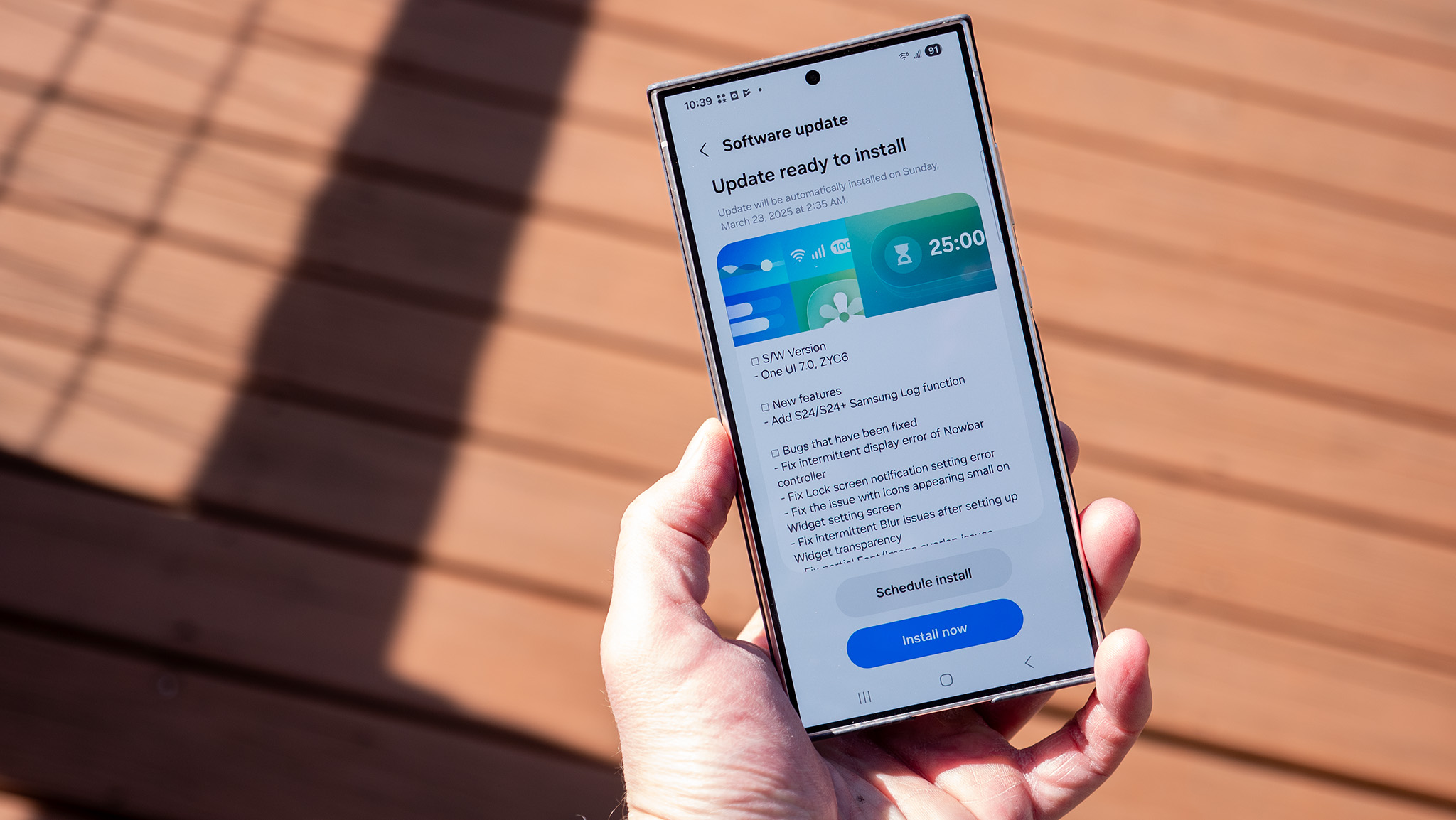



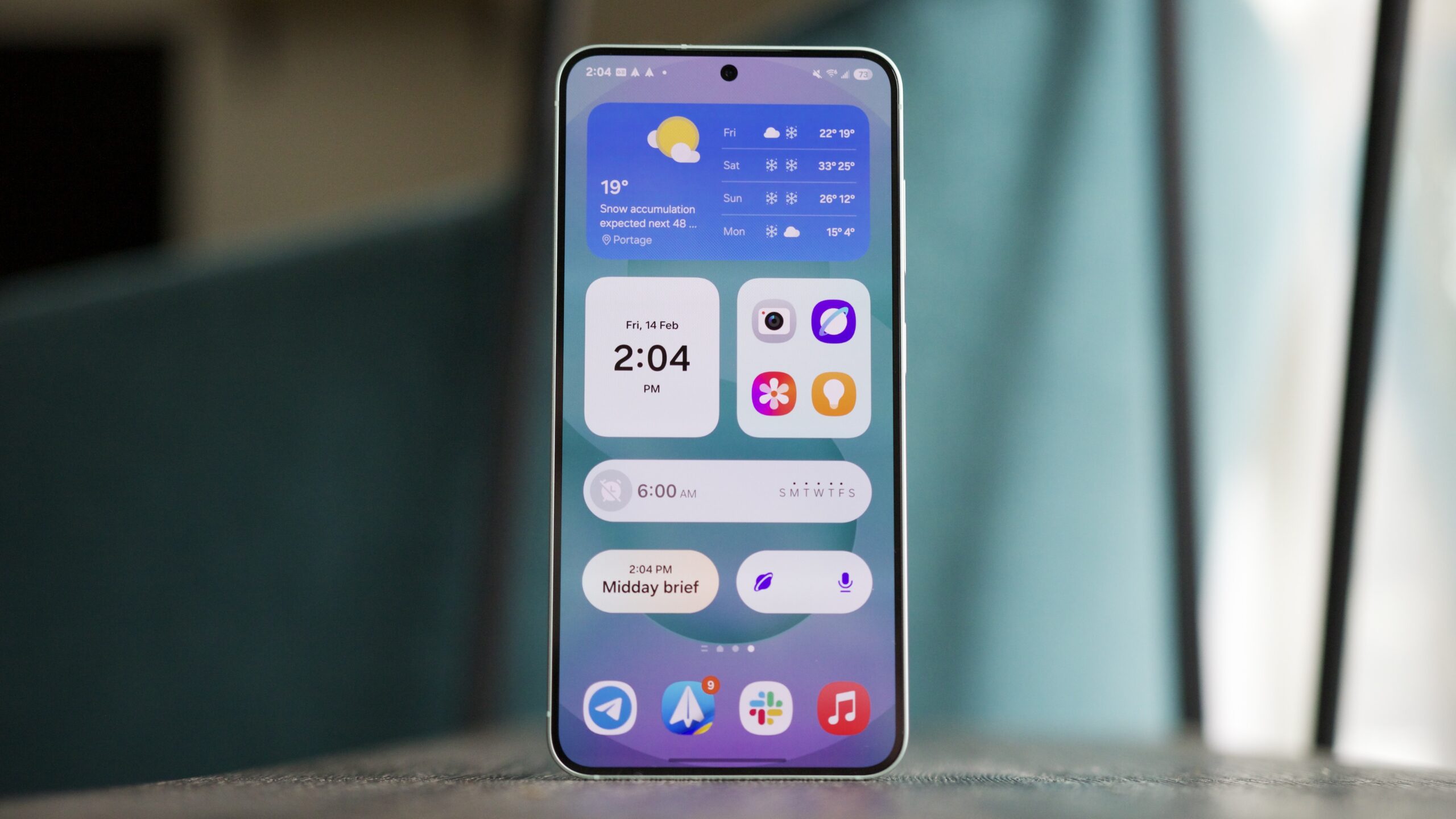






![Gemini can be the biggest AI platform so long as Google integrates it in more areas [Video]](https://i0.wp.com/9to5google.com/wp-content/uploads/sites/4/2025/03/Gemini-Live-with-Im-in-my-Gemini-era-sticker.jpg?resize=1200%2C628&quality=82&strip=all&ssl=1)













![Apple Considers Delaying Smart Home Hub Until 2026 [Gurman]](https://www.iclarified.com/images/news/96946/96946/96946-640.jpg)
![iPhone 17 Pro Won't Feature Two-Toned Back [Gurman]](https://www.iclarified.com/images/news/96944/96944/96944-640.jpg)
![Tariffs Threaten Apple's $999 iPhone Price Point in the U.S. [Gurman]](https://www.iclarified.com/images/news/96943/96943/96943-640.jpg)















